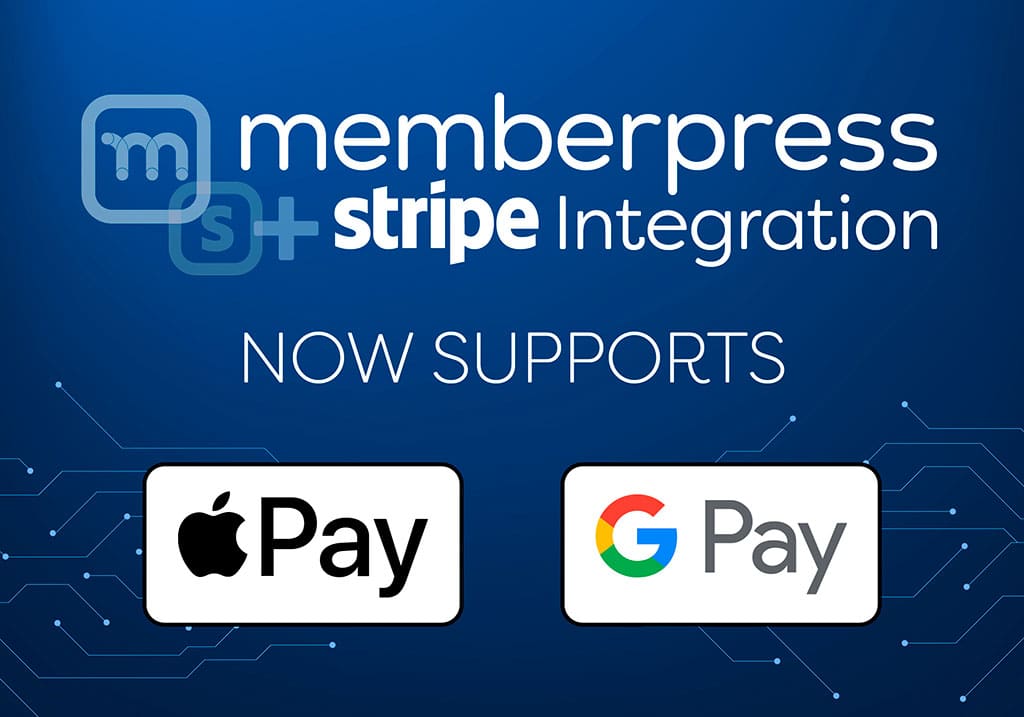Finance management is an important aspect of running a business, and as your business grows, it becomes more and more complicated. If you are a freelancer or a sole proprietor, managing your accounts is fairly straightforward. You don’t have to worry about paying employees, filing taxes is simple, and managing your invoices is a walk in the park. However, as your business starts to grow, things begin to get complicated. From paying your employees, accounting for their benefits and taxes, managing debts, and calculating depreciation, to accounting for tax-deductible expenses; there are too many components to account for. Given its complexity, managing the finances of your company can become quite overwhelming. The added pressure can often lead to mistakes which can result in heavy fines and losses. It is almost like a game of Jenga; one block out of place, and they all come crumbling down. Financial issues in your business, even poor bookkeeping, can often lead to an audit.
The purpose is not to scare you, but rather to prepare you. If you know the things you must look out for, you can avoid any financial blunders. Here are a few useful tips that will help you avoid any financial issues in your business.
Ensure Timely Invoicing And Payment
To manage your finances, there should be something to manage to begin with. It is important to ensure that your customers pay you on time. One way of doing this is to clearly communicate the terms of payment when you enter into a contract with a client. If you know that you can expect timely payment and clearance of invoices, you can plan your finances. However, if your customers don’t pay you on time, irrespective of how much you try and manage the finances of your company, there will always be problems that will crop up. You need to realize that in the event of late payments your clients are not always to blame. Part of the responsibility also lies with you. You should always provide your clients with invoices that are clear, easy to understand, and free from any kinds of errors.
Develop A Bulletproof Business Plan
A well laid down business plan is what provides the company and its employees with direction and motive. It tells you what your objectives are and how the company should proceed and grow in the next couple of years. Your business plan should include everything, from sourcing funding to attracting customers, managing inventory to marketing your product. It should not only lay down where the company wishes to be in the near future but also what should be done to get there.
Keep Your Books Updated
Bookkeeping is probably one of the most boring aspects of managing your finances. At the same time, however, it is also one of the most important. Keeping track of all your incomes and expenses can help you manage your finances, simplify processes, and save time in the long run. Without well-organized and updated records, managing your finances can become very difficult. Keeping your books updated will make it very simple to file taxes, in addition to meeting government regulations.
Seek Professional Support
As your business grows, its complexity increases exponentially. While you may have been able to manage and track all the finances at an early stage, it can soon get out of hand. Seeking professional support by hiring a finance management company can help you get access to seasoned professionals who have years and years of experience in managing the finances of various companies. Such companies provide you access to finance gurus who can offer you financial advice, as well as accountants who can maintain your books. Although Finance management companies do charge you a basic amount to maintain your books and manage your finances, it turns out cheaper in the long run.
Automate Routine Payments
There are so many bills and payments that need to be cleared on a routine basis. Bills like electricity charges, real estate rent, the salary of employees, and paying subcontractors are generally made periodically. By not processing these payments repeatedly and automating the process instead, a lot of time and energy can be saved, and mistakes can be avoided. There are numerous applications and software suites that are available which can help do this. Such payroll management software not only helps in managing payments but can also account for the leaves availed by employees, reimbursement claims, and other benefits that have to be offered.
Maintain Your Credit Score
The main purpose of having a good credit score is to enhance your ability to secure a loan. While, for businesses, this is an important aspect, that however is not the only advantage. A high credit score has numerous advantages. It reflects the health of your business and helps attract customers, investors, contractors, and potential partners. A company with a high credit score is less likely to default on its debt payment while a company with a poor credit score might.
Plan Well In Time
As far as your finances are concerned, you should always plan well ahead of time. You can only cater to the financial needs of your business if you know what they are. In addition, arranging finances requires some time, and knowing your requirements in advance can help you meet them in time.
Don’t Default On Deadlines
Defaulting on deadlines can not only give your company a bad name but at the same time, also result in a hefty fine. Make sure that you always file the taxes of your company on time. Not doing so can result in an audit which can prove very expensive to arrange. Any fine that you pay as a result of a delayed submission is a pointless expense and reduces the profitability of your business.
Yes, managing the finances of your company can be quite complicated and a simple slip can result in significant losses. However, if you keep the above things in mind you will easily be able to avoid some of the most common mistakes that are made and this can help you not just streamline your financial records but also minimize your expenditure.





